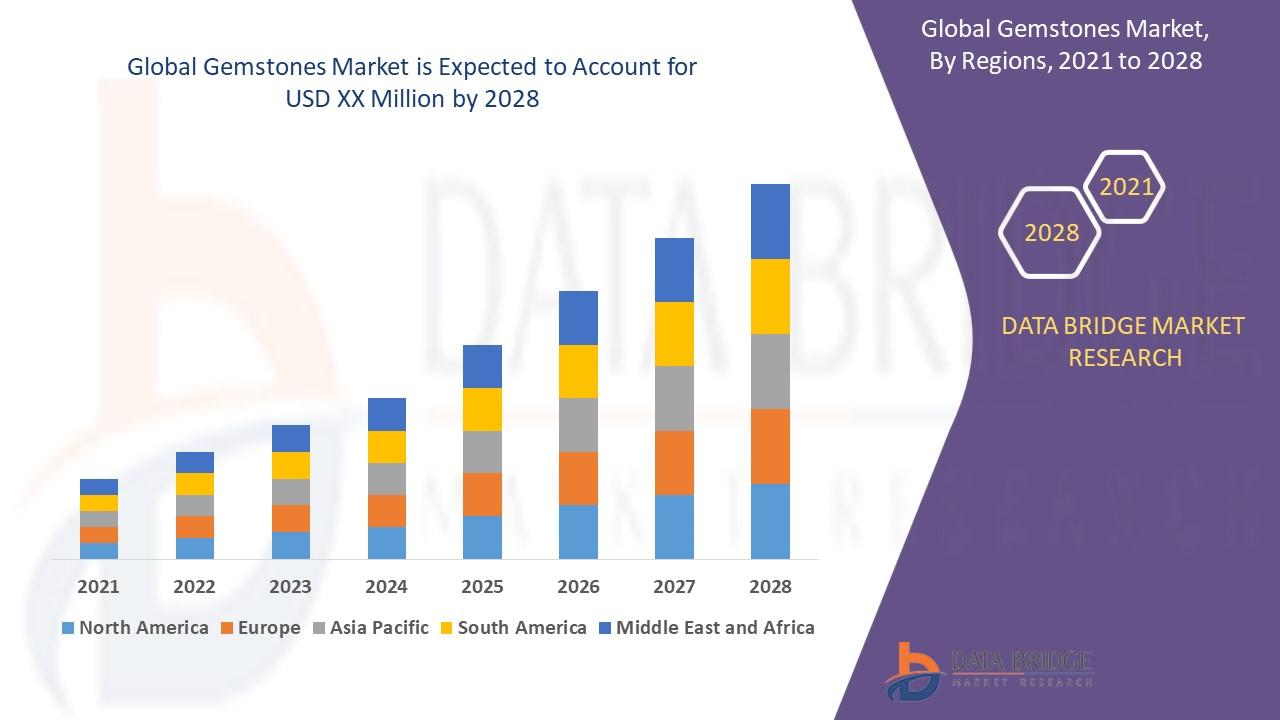Key Trends Shaping the Allergy Diagnostics and Therapeutics Market
The global allergy diagnostics and therapeutics market is at an inflection point as rising allergic disease burden, technological advances in point-of-care testing, and rapid expansion of immunotherapy treatments reshape care pathways. Clinicians, payers, and device and drug makers are increasingly aligning around earlier, more accurate diagnosis and targeted therapies — a trend that supports improved patient outcomes while opening fresh avenues for innovation across diagnostics platforms, biologic therapies, and digital health integrations.
Global Allergy Diagnostics and Therapeutics Market size and share is currently valued at USD 34.64 billion in 2024 and is anticipated to generate an estimated revenue of USD 78.51 billion by 2034, according to the latest study by Polaris Market Research. Besides, the report notes that the market exhibits a robust 8.5% Compound Annual Growth Rate (CAGR) over the forecasted timeframe, 2025 - 2034
Market summary
Allergy care today extends beyond symptomatic relief to encompass precision diagnosis and disease-modifying therapies. Allergy diagnostics range from skin prick and serum IgE testing to novel molecular and component-resolved assays that help clinicians identify specific sensitizations and tailor treatment plans. On the therapeutics side, established pharmacologic agents are being complemented — and in some cases displaced — by allergen immunotherapy and monoclonal antibody biologics for moderate-to-severe allergic diseases. This shift toward diagnostic-driven, personalized treatment is enabling more effective use of immunotherapy treatments and supporting chronic care models that reduce acute exacerbations and healthcare utilization. Recent industry analyses highlight robust interest and investment across both diagnostics and therapeutics segments.
Key market trends
Several converging trends are propelling market evolution. First, the sustained rise in allergic disease prevalence and greater awareness among patients and primary care providers have expanded demand for diagnostic clarity and early intervention. Second, innovation in point-of-care testing and multiplex assays is shortening the time from presentation to diagnosis, making targeted treatment decisions more feasible in outpatient and primary-care settings. Third, the expansion of biologic therapies and next-generation allergen immunotherapies — including sublingual and peptide-based approaches — is shifting treatment algorithms for moderate-to-severe cases and complex phenotypes such as chronic rhinosinusitis with nasal polyps and severe asthma. Fourth, digital health and AI-enabled decision support are being layered atop diagnostics and electronic health records, improving care coordination and adherence to long-term therapeutic regimens. Finally, cross-disciplinary care models that integrate allergy specialists, pulmonologists, and primary care are supporting broader uptake of disease-modifying strategies. Several of these trends are evidenced by growing sales and development activity from major pharmaceutical and diagnostics firms.
Opportunities
Opportunities in the allergy diagnostics and therapeutics market are extensive and span technological, clinical, and commercial domains. There is a clear runway for improved diagnostics that combine molecular precision with user-friendly workflows suitable for both specialty clinics and primary-care offices. Expanding immunotherapy treatments into food allergy and other previously underserved indications represents a major white space, as does the development of shorter-course or safer immunotherapy regimens that improve adherence. Biotech and medtech firms can also benefit from bundling diagnostics with therapeutic pathways — for example, companion diagnostics that identify patients most likely to benefit from specific biologic therapies. Emerging markets, where allergy prevalence is rising alongside urbanization and environmental change, present significant commercial potential as healthcare systems invest in capacity-building and outpatient care models. Finally, payer engagement around value-based care and demonstrated reductions in exacerbations or hospitalizations could unlock reimbursement pathways that accelerate adoption.
𝐁𝐫𝐨𝐰𝐬𝐞 𝐌𝐨𝐫𝐞 𝐈𝐧𝐬𝐢𝐠𝐡𝐭𝐬:
https://www.polarismarketresearch.com/industry-analysis/global-allergy-diagnostics-market
Regional analysis
North America continues to lead in adoption of advanced allergy diagnostics and biologic therapies, supported by established specialty networks, favorable reimbursement environments for innovative therapeutics, and high patient and provider awareness. Europe follows closely, with strong clinical guideline development and an active market for subcutaneous and sublingual immunotherapy products.
The Asia Pacific region is one of the fastest-growing markets, driven by rising prevalence of allergic disease linked to urbanization, changing diets, and air quality, as well as expanding healthcare infrastructure and growing access to specialty care. Several countries in the region are investing in point-of-care capabilities to close diagnostic gaps and scale outpatient immunotherapy services.
Latin America, the Middle East, and Africa are in earlier phases of market development. Growth in these regions will depend on continued investment in diagnostic capacity, improved access to specialty training, and payer policies that recognize the long-term health system benefits of accurate diagnosis and disease-modifying treatments.
Key companies
The competitive landscape brings together diagnostic specialists, global medtech firms, and large pharmaceutical players advancing biologics and immunotherapies. Notable companies active in the market include:
-
Thermo Fisher Scientific
-
Danaher Corporation (including Beckman Coulter)
-
Siemens Healthineers
-
bioMérieux
-
Hycor Biomedical / Lincoln Diagnostics
-
Stallergenes Greer
-
AbbVie
-
Sanofi
-
Pfizer
-
Roche
These organizations are pursuing a mix of strategies — diagnostic platform development, pipeline biologic programs, strategic partnerships, and M&A — to expand their footprints across diagnostics, therapeutics, and integrated care solutions. Several recent corporate financial reports and market analyses underscore the role that biologic allergy drugs and diagnostic divisions play in broader product portfolios.
Market challenges and considerations
Despite broad momentum, the market faces headwinds that stakeholders must navigate. Heterogeneity in regulatory and reimbursement frameworks across countries complicates global commercialization plans. Diagnostic standardization and clinician training remain necessary to ensure that molecular and component-resolved assays translate into improved patient outcomes rather than diagnostic confusion. Affordability and access to high-cost biologics are also pressing concerns; payers increasingly require real-world evidence of cost-effectiveness and long-term benefit. Finally, patient adherence to multi-year immunotherapy regimens is variable, underscoring the need for shorter-course, more tolerable options and stronger patient support programs.
Conclusion
The allergy diagnostics and therapeutics market is moving from a symptom-management model toward a precision, diagnosis-driven era where point-of-care testing, targeted immunotherapies, and advanced biologic therapies work together to change the natural history of allergic disease. For companies, clinicians, and health systems that can align diagnostic accuracy with effective, accessible treatment pathways, the potential to improve quality of life for millions of patients is substantial. Continued investment in innovative diagnostics, evidence generation for new therapeutics, and partnerships that expand access across regions will be central to realizing the market’s long-term promise. As demand for personalized allergy care grows, the industry is well-positioned to deliver solutions that are both clinically meaningful and economically sustainable.
More Trending Latest Reports By Polaris Market Research:
Business Email Compromise (BEC) Market
Circulating Tumor Cells Market
Why Vegan Cosmetics Are Better for Your Skin and the Planet?
Business Email Compromise (BEC) Market


